“While other civilized nations have encountered great expense to enlarge the boundaries of knowledge, by undertaking voyages of discovery, & for other literary purposes, in various parts and directions, our nation seems to owe to the same object”
The “writingest” American expedition was entangled in the contemporary literature of its time and their successes eventually led to a large literary response.
Related Pages
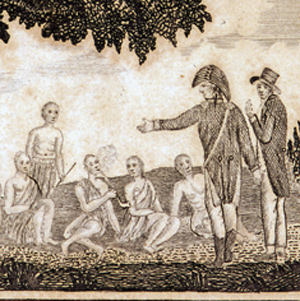

Publications that attempted to tell the story of Lewis and Clark were being printed before Lewis and Clark had even returned from their trans-Mississippi exploration. Their popularity continued for approximately ten years after they returned to St. Louis.
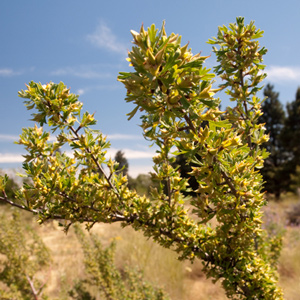

During the winter of 1807-1808, Pursh lived at the home of Bernard McMahon in Philadelphia. Here he worked on the drawings and descriptions of Lewis’s western plants.
Influence on Science
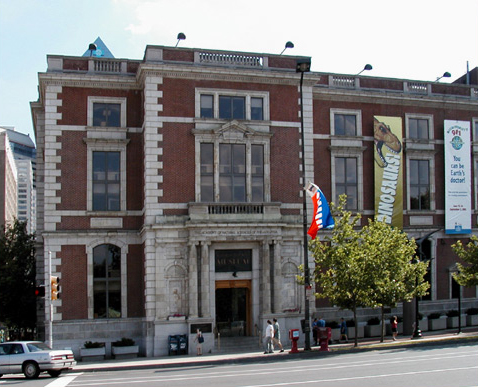

The captains’ careful observations of the geography, natural history, and ethnography of the American west and Pacific Northwest influenced many scientists who built on their work.
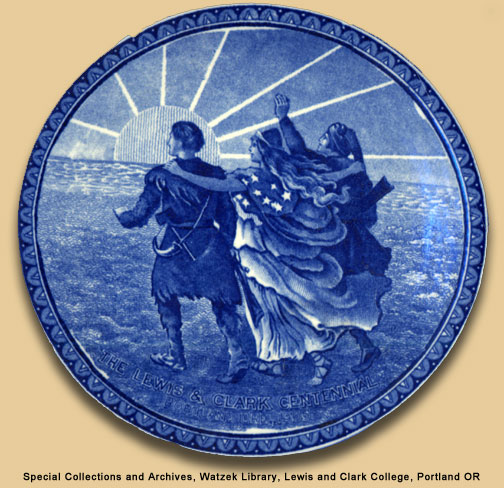

A reason for their continuing popularity may be traced to nineteenth century literature and the stimulation of interest in reading and teaching that brought fictionalized versions of the Lewis and Clark story to generations of young readers.
Nicholas Biddle
by Arlen J. Large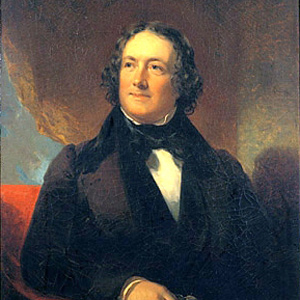

Nicholas Biddle (1786–1844), the first editor of the Lewis and Clark journals, was a seventeen-year-old college graduate and student of law in 1803. The work was published seven years after the return of the expedition.
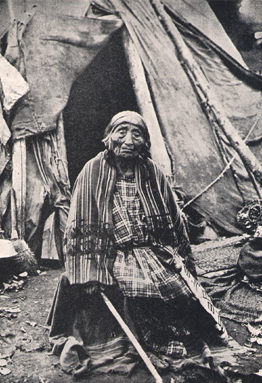

The story Wheeler wished to tell can be found in his book’s subtitle: “A story of the great exploration across the Continent in 1804-06; with a description of the old trail, based upon actual travel over it, and of the changes found a century later.”
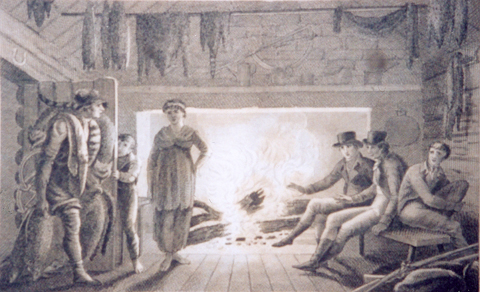

Alexander Wilson’s epic poem The Foresters, was a tediously versified 2,210-line diary of his twelve hundred mile round-trip hike from Philadelphia to Niagara Falls in the autumn of 1804.
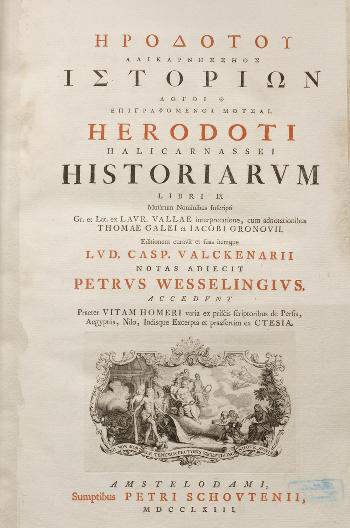

Poets and philosophers have meditated on it. The early Roman naturalist Pliny the Younger (ca. 30-ca. 112 AD) complained, “Who gave the mosquito so terrifying a voice, infinitely greater than it should be in comparison to the size of its body?”
The Traveling Library
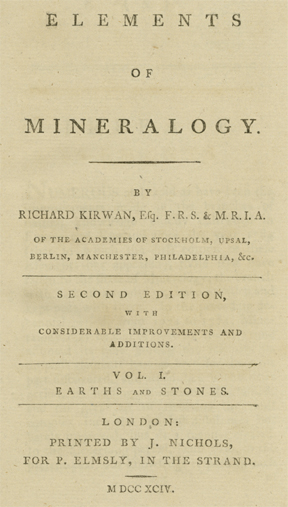

The captains assembled a collection of books, journal excerpts, and maps to use as references on the expedition often called “The Traveling Library.”
Experience the Lewis and Clark Trail
The Lewis and Clark Trail Experience—our sister site at lewisandclark.travel—connects the world to people and places on the Lewis and Clark Trail.
Discover More
- The Lewis and Clark Expedition: Day by Day by Gary E. Moulton (University of Nebraska Press, 2018). The story in prose, 14 May 1804–23 September 1806.
- The Lewis and Clark Journals: An American Epic of Discovery (abridged) by Gary E. Moulton (University of Nebraska Press, 2003). Selected journal excerpts, 14 May 1804–23 September 1806.
- The Lewis and Clark Journals. by Gary E. Moulton (University of Nebraska Press, 1983–2001). The complete story in 13 volumes.

